Innovative Marketing Strategies
The tonic water market is seeing a rise in innovative marketing strategies aimed at attracting a younger demographic. Brands are leveraging social media platforms and influencer partnerships to create engaging content that resonates with millennials and Gen Z consumers. This approach appears to be effective, as market data shows that brands utilizing digital marketing have experienced a 40% increase in brand awareness. The tonic water market is likely to continue investing in creative marketing campaigns to capture the attention of younger consumers, thereby driving sales and fostering brand loyalty.
Increased Popularity of Mixology
The tonic water market is benefiting from the rising interest in mixology and home cocktail preparation. As consumers become more adventurous in their drinking habits, they are experimenting with various mixers, including tonic water, to create sophisticated cocktails. This trend is supported by market data showing that tonic water sales have increased by 15% in the last year, driven by its versatility in cocktails. The tonic water market is responding by collaborating with bars and restaurants to promote signature cocktails featuring tonic water, thereby enhancing brand visibility and consumer engagement. This growing mixology culture is expected to further propel the market forward.
Expansion of Distribution Channels
The tonic water market is experiencing an expansion of distribution channels, which is facilitating greater accessibility for consumers. Retailers are increasingly recognizing the demand for tonic water and are expanding their product offerings in both physical and online stores. Recent market data indicates that e-commerce sales of tonic water have surged by 30% in the last year, reflecting a shift in consumer purchasing behavior. The tonic water market is capitalizing on this trend by enhancing online presence and partnering with delivery services to reach a broader audience. This expansion is expected to contribute positively to market growth.
Health-Conscious Consumer Behavior
The tonic water market is witnessing a shift towards health-conscious consumer behavior, with many individuals seeking low-calorie and low-sugar alternatives. This trend is particularly relevant as consumers become more aware of the health implications of their beverage choices. Market data suggests that sales of low-calorie tonic waters have increased by 20% in the past year, indicating a strong preference for healthier options. The tonic water market is responding by reformulating products to reduce sugar content and enhance natural flavors, appealing to health-oriented consumers. This focus on wellness is likely to drive further growth in the market.
Rising Demand for Premium Beverages
The tonic water market is experiencing a notable shift towards premium and artisanal beverages. Consumers are increasingly seeking high-quality, unique flavor profiles, which has led to a surge in the availability of craft tonic waters. This trend is reflected in the market data, indicating that premium tonic water sales have grown by approximately 25% over the past year. The tonic water market is adapting to this demand by introducing innovative flavors and natural ingredients, appealing to discerning consumers who prioritize quality over quantity. As a result, brands that focus on premium offerings are likely to capture a larger share of the market, enhancing their competitive edge.


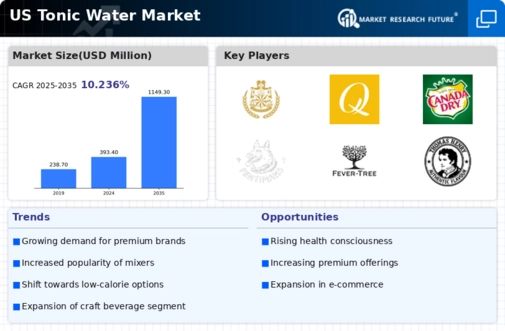
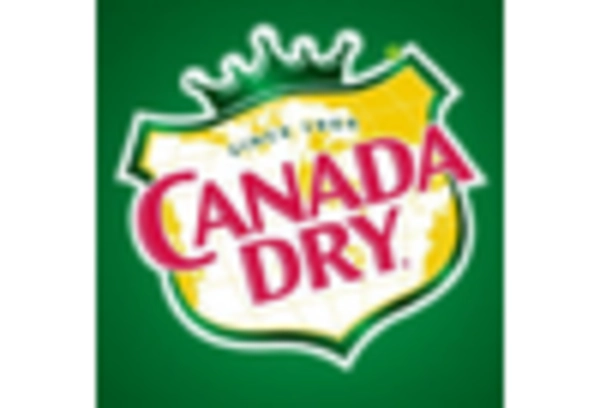
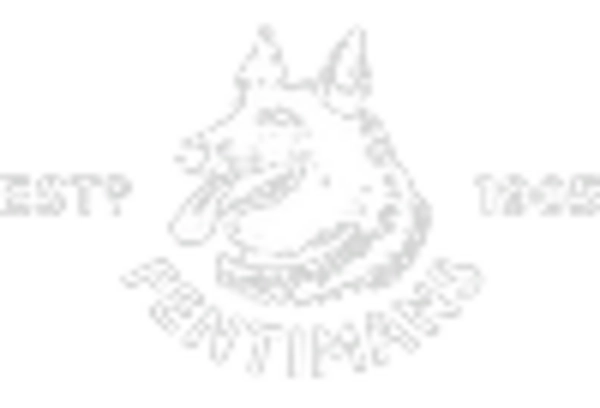
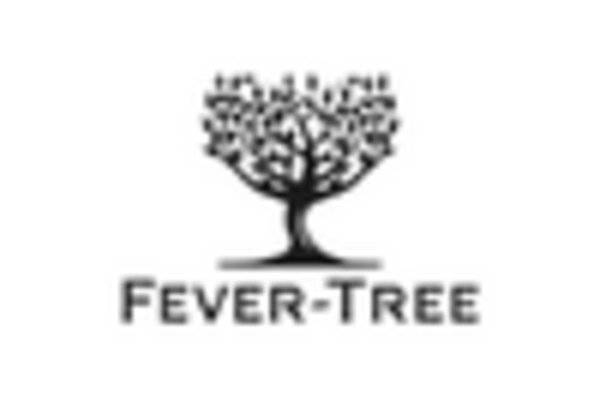

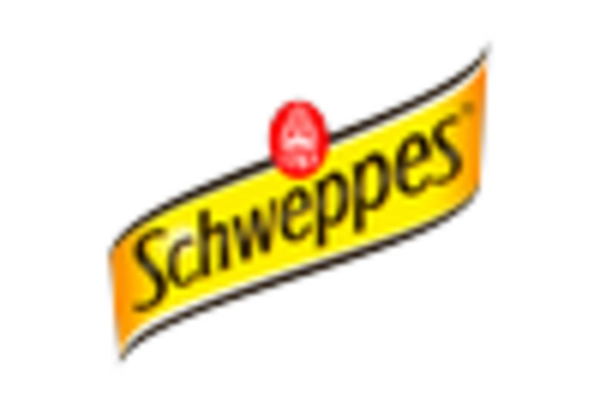









Leave a Comment